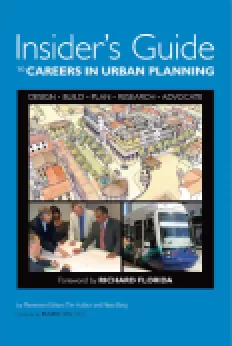The death toll in this rural area 55 miles north of Seattle in Snohomish County is expected to rise. Rain had saturated the ground and led to the collapse of a hillside about 600 feet high and 1,500 feet long. But was the slide foreseeable?
"In a press conference Monday (March 24) evening, Snohomish County Emergency Management Director John Pennington said reports of names of people missing or unaccounted have grown from 108 to 176; he emphasized that many of those names could be duplicates," writes Heather Graf of KING-TV, Seattle-Tacoma, for USA Today.
Graf adds that the "number of missing will probably decline dramatically as people are accounted for. Among the missing: residents, construction workers and people just driving by."
"The situation is very grim," Snohomish County Fire District 21 Chief Travis Hots said, stressing that authorities are still in rescue mode and are holding out hope. But he noted: "We have not found anyone alive on this pile since Saturday."
The Seattle Times raises insightful issues about the inherent instablility of the area and whether housing should have been allowed, indicating that the hillside has a history of slides dating "back more than 60 years. One expert says he was shocked when homebuilding was permitted after a big 2006 slide," write Ken Armstrong, Mike Carter and Mike Baker.
But no language seems more prescient than what appears in a 1999 report filed with the U.S. Army Corps of Engineers, warning of “the potential for a large catastrophic failure.”
In The Wall Street Journal, it is pointed out that rain may not have been the only contributing factor.
While officials cited recent heavy rains in the area as a prime cause of the slide, David Montgomery, a geology professor at the University of Washington in Seattle, said that the geologic make-up of the hillside was also a factor.
"It's a pile of relatively weak glacial debris," he said, referring to its composition, a loose mixture of sand, gravel and stones.
Finally, some have considered the issue of advanced warning. In 2010, Planetizen's Nate Berg pointed to developing technology from Loughborough University in Leicestershire, England that appeared to hold the possibility of providing an early warning system for landslides.
Perhaps it was Washington Gov. Jay Inslee who summed up best the devastation caused by the Highway 530 mudslide after flying over it. "The scope of this is almost unbelievable", he told The Seattle Times.
FULL STORY: 14 dead, 176 missing in Washington landslide

Planetizen Federal Action Tracker
A weekly monitor of how Trump’s orders and actions are impacting planners and planning in America.

Chicago’s Ghost Rails
Just beneath the surface of the modern city lie the remnants of its expansive early 20th-century streetcar system.

Amtrak Cutting Jobs, Funding to High-Speed Rail
The agency plans to cut 10 percent of its workforce and has confirmed it will not fund new high-speed rail projects.

Ohio Forces Data Centers to Prepay for Power
Utilities are calling on states to hold data center operators responsible for new energy demands to prevent leaving consumers on the hook for their bills.

MARTA CEO Steps Down Amid Citizenship Concerns
MARTA’s board announced Thursday that its chief, who is from Canada, is resigning due to questions about his immigration status.

Silicon Valley ‘Bike Superhighway’ Awarded $14M State Grant
A Caltrans grant brings the 10-mile Central Bikeway project connecting Santa Clara and East San Jose closer to fruition.
Urban Design for Planners 1: Software Tools
This six-course series explores essential urban design concepts using open source software and equips planners with the tools they need to participate fully in the urban design process.
Planning for Universal Design
Learn the tools for implementing Universal Design in planning regulations.
Caltrans
City of Fort Worth
Mpact (founded as Rail~Volution)
City of Camden Redevelopment Agency
City of Astoria
City of Portland
City of Laramie




























